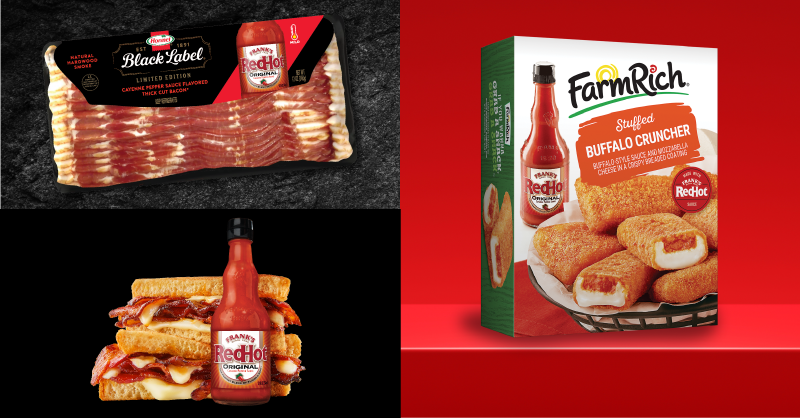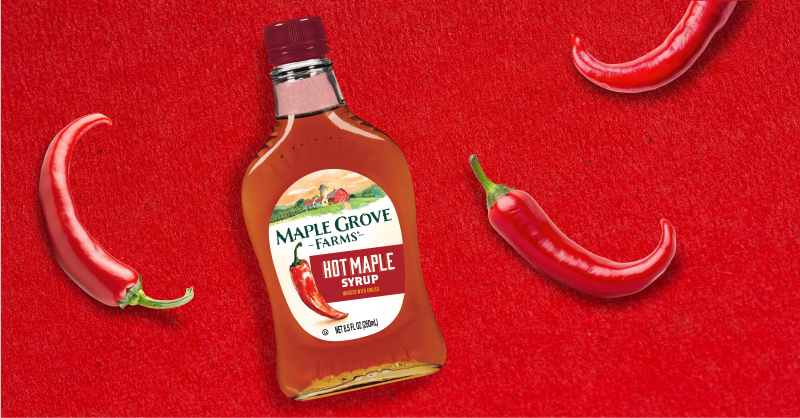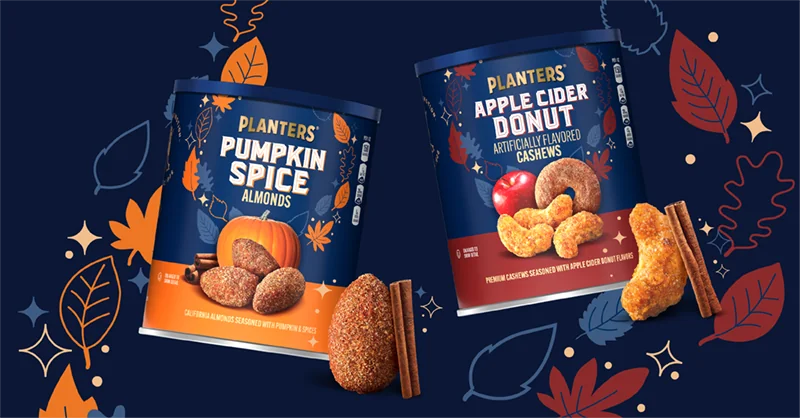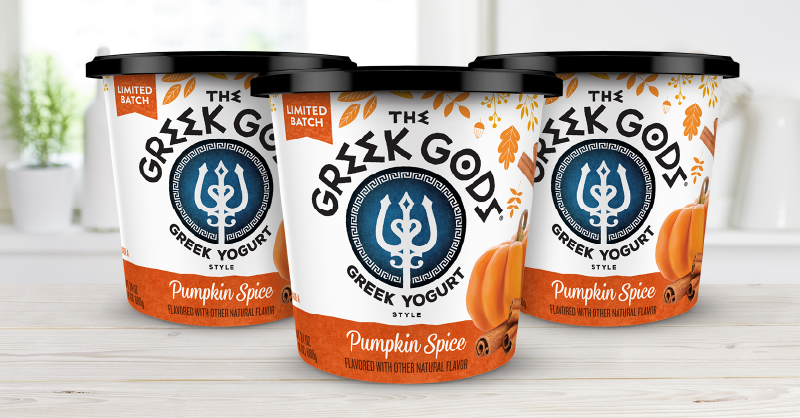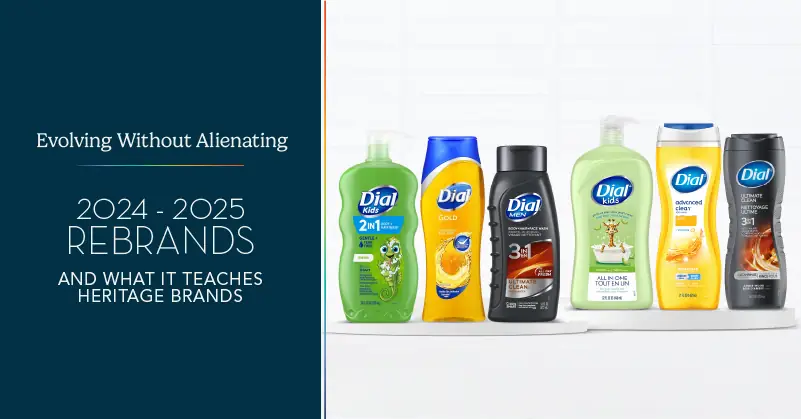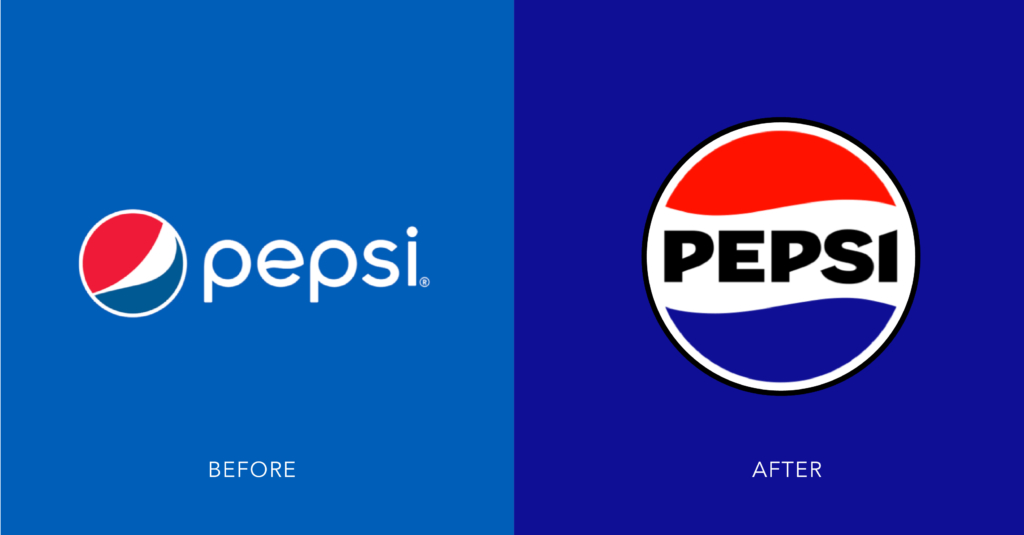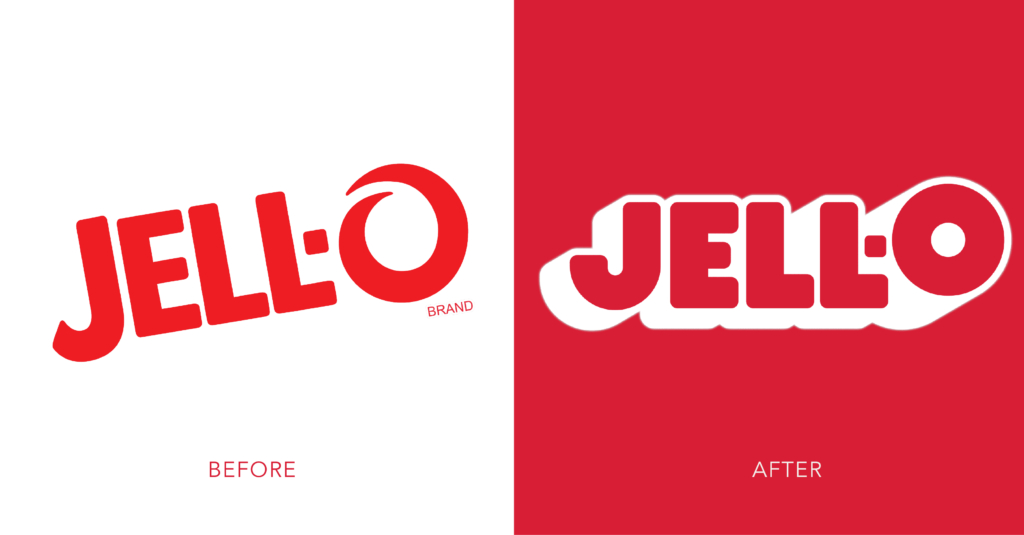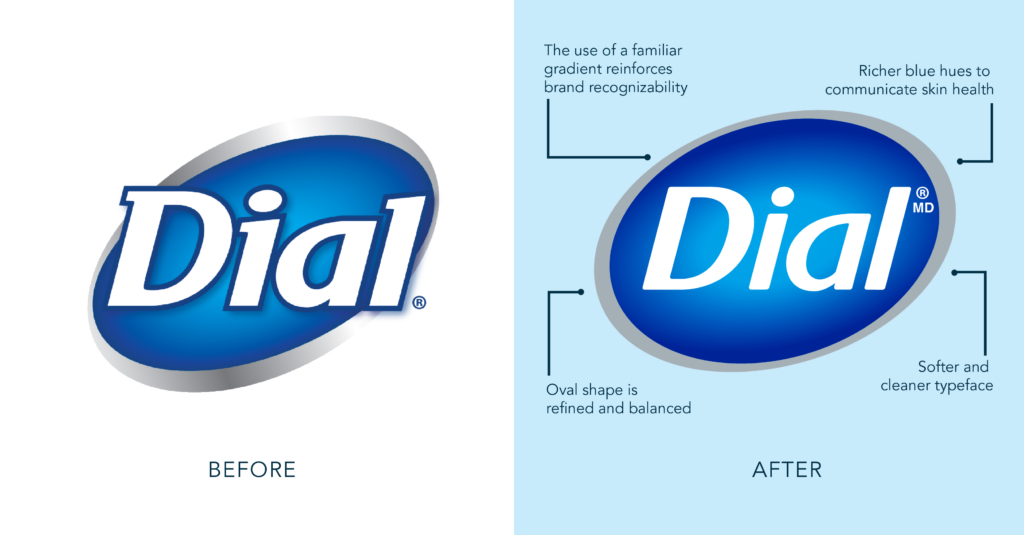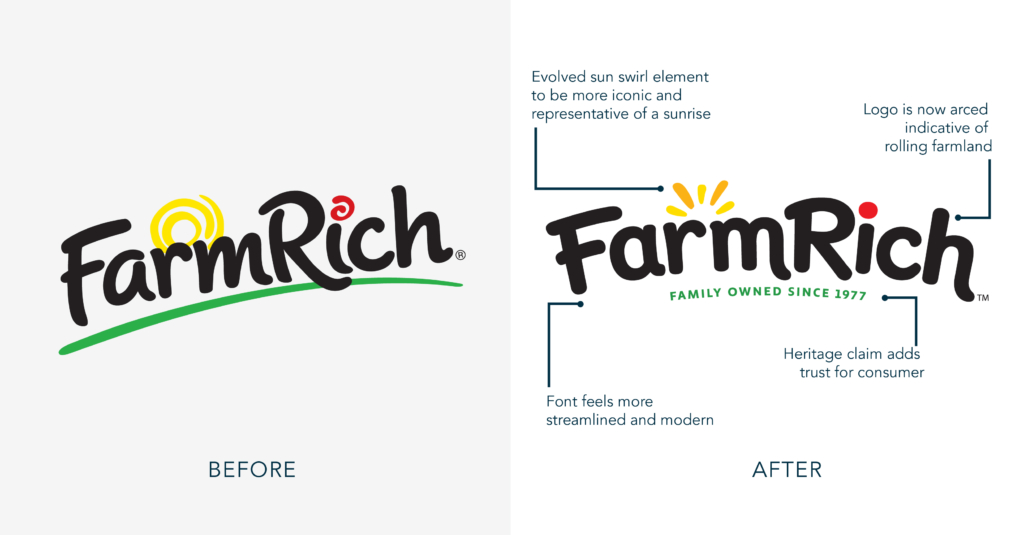Adobe MAX 2025 underscored a central truth: artificial intelligence is transforming creative work — not by replacing it, but by expanding what’s possible. The overarching theme was clear throughout the keynotes and sessions: AI is a partner in the process, enabling faster workflows, more connected collaboration, and entirely new ways to visualize ideas.
For our team, the experience was both inspiring and grounding. The tools may be evolving at a rapid pace, but the creative spark — the part that connects vision, intuition, and craft — remains unmistakably human.
Elana’s Take: A Thoughtful Evolution

This year’s keynote positioned AI as a support system for creativity rather than a substitute for it. Adobe’s rapid development of Firefly — now fully integrated within Photoshop and enhanced with third-party app compatibility — demonstrates how technology can amplify ideation and collaboration.
Firefly Boards, in particular, stood out as a meaningful innovation. The shared digital workspace encourages teams to ideate, iterate, and refine in real time, bridging the gap between brainstorming and execution. It’s a glimpse at how creative processes can become more dynamic without losing their human nuance.
Still, the conversation around AI sparked necessary tension. Some designers celebrated its limitless potential, while others questioned its implications. That balance — curiosity and caution — feels essential to how our industry moves forward.
Miles’ Take: Tools that Empower

As a first-time attendee, I found the experience both overwhelming and exhilarating. Adobe delivered a mix of innovation and practicality — from the headline-grabbing generative features to a range of “quality-of-life” updates that genuinely improve daily workflows.
Features such as “Name All Layers,” MotionMap animation in Illustrator, and Project TurnStyle for perspective shifting are redefining what’s possible within a single software suite. These are not gimmicks; they’re efficiency upgrades that allow more time for actual design thinking.
Even more impressive are tools like the AI Assistant, which can visually analyze work and offer creative recommendations. Combined with generative upscaling, color harmonization, and dynamic lighting adjustments, designers can now refine and elevate work that once required complex manual adjustments or reshoots.
Shared Insights
Across the sessions and demos, a few key lessons emerged:
- Collaboration is evolving. Tools like Firefly Boards bring co-creation into the heart of the digital workspace.
- Prompting is a skill. The quality of AI results depends on creative clarity — specificity matters more than ever.
- Experimentation remains vital. Many of the best results came from unexpected outcomes, reminding us that play and discovery still drive creativity.
- Human direction is irreplaceable. Even the most advanced features require the designer’s taste, judgment, and narrative vision to succeed.
Closing Reflection
Adobe MAX 2025 made one thing clear: the future of creativity isn’t automated — it’s augmented. As technology continues to evolve, so too must our curiosity and adaptability. These tools are here to help us work smarter, iterate faster, and bring ideas to life with more precision and imagination than ever before.
The craft remains human. The tools are simply catching up.



